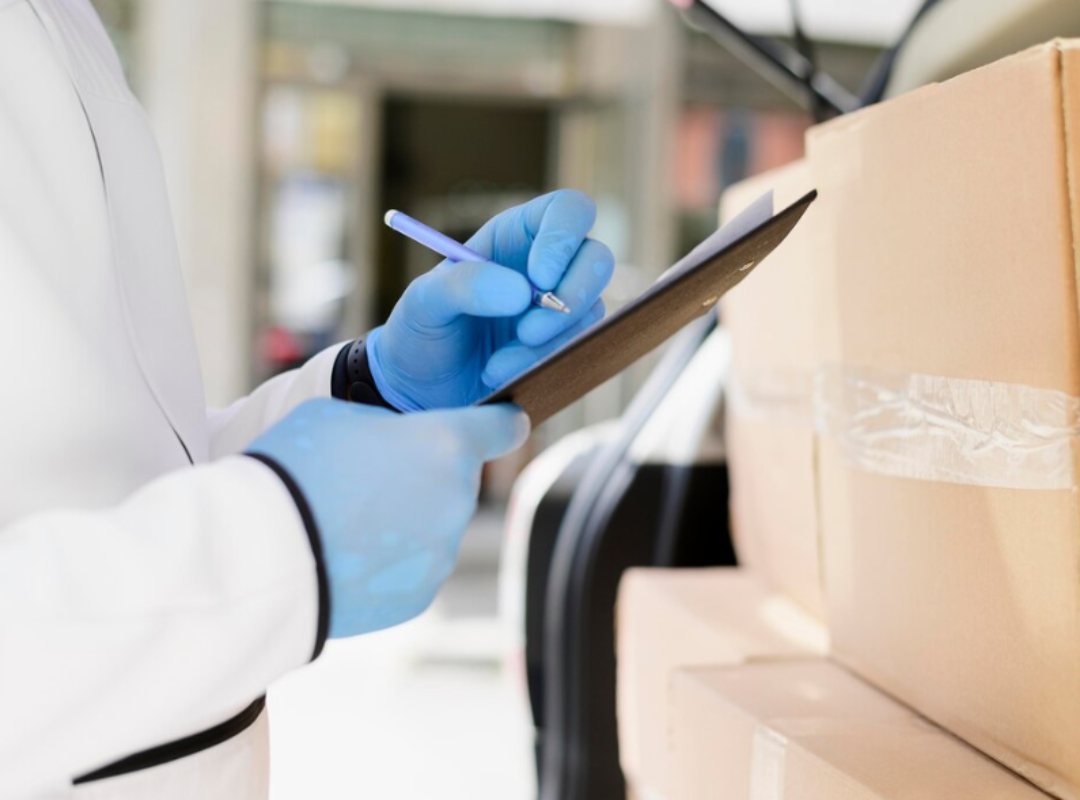Importing medical supplies Asia can be a challenging yet rewarding venture, especially given the vast demand for quality healthcare products across the continent. However, the process is not without its hurdles. From navigating complex regulations to managing logistics and market demand, importers must stay vigilant to avoid costly mistakes. In this post, we’ll highlight the common pitfalls that can occur when importing medical supplies in Asia and offer practical tips to help ensure smooth operations.
1. Lack of Understanding of Local Regulations
One of the primary challenges when importing medical supplies Asia is dealing with the region’s diverse and often complex regulatory frameworks. While international standards like ISO and CE might be recognized in some countries, others have their own unique rules. Failing to comply with these regulations can result in delays, penalties, or even the rejection of products at customs.
How to avoid this pitfall:
- Research each country’s regulations: Every country in Asia has its own standards for medical supplies in Asia. Take time to familiarize yourself with local requirements, such as certifications, registration processes, and labeling standards.
- Partner with local experts: To ensure compliance, work with regulatory experts in the specific countries you plan to import to. They can help navigate local laws and ensure that your medical supplies in Asia meet all necessary requirements.
Understanding these regulations upfront will save you significant time and money in the long run.
2. Not Partnering with Reliable Suppliers
Choosing the right supplier is critical when importing medical supplies Asia. Some suppliers may not meet the required international quality standards, which could result in defective products, safety issues, or legal liabilities. It is essential to vet suppliers thoroughly to ensure you are getting high-quality, certified products.
How to avoid this pitfall:
- Conduct thorough supplier research: Look for suppliers who meet international quality standards and have a proven track record in supplying reliable medical supplies Asia.
- Request samples: Always request samples before making bulk purchases. This will allow you to assess the quality and suitability of the products.
- Check certifications: Verify that the supplier holds relevant certifications, such as ISO or GMP, which are often required for importing medical supplies Asia.
Reliable suppliers are the cornerstone of a successful import operation, so choose wisely.
3. Neglecting Shipping and Logistics

Shipping medical supplies Asia can be complicated, especially given the continent’s vast geographical expanse and varying logistics infrastructure. Customs clearance, transportation, and delivery timelines can differ from country to country. Failing to properly manage these logistics can lead to costly delays or even lost products.
How to avoid this pitfall:
- Work with logistics specialists: Choose logistics providers experienced in shipping medical supplies in Asia, as they will be familiar with customs procedures, documentation, and regional requirements.
- Plan for delays: Shipping in Asia can be unpredictable, so always plan for extra time in case of delays at customs or during transit.
- Consider local distribution channels: Depending on the country, it may be more efficient to partner with local distributors who can handle the final leg of the logistics process.
Effective logistics management is essential to ensuring that your medical supplies Asia reach their destination on time and in good condition.
4. Overlooking Packaging and Labeling Requirements
Each country in Asia has specific packaging and labeling requirements for medical supplies. These can include product descriptions, usage instructions, and safety warnings, often in the local language. Failing to comply with these packaging and labeling requirements can result in customs delays, fines, or the rejection of your goods.
How to avoid this pitfall:
- Review local packaging laws: Different countries may have different requirements for how medical supplies in Asia should be packaged. Make sure to research these regulations in advance.
- Ensure language compliance: Packaging and labeling may need to be translated into the local language. This is particularly important for instructions, safety information, and product specifications.
- Use appropriate materials: Some countries have restrictions on certain packaging materials. Make sure to comply with these regulations to avoid product rejection.
Proper packaging and labeling not only help ensure regulatory compliance but also improve the safety and usability of the product for local consumers.
5. Failure to Address Market Demand
Asia is home to a diverse population with varying healthcare needs. Importing medical supplies Asia without understanding the specific demand of each market can lead to financial losses, unsold inventory, or a mismatch in product offerings. It’s crucial to assess market demand before committing to an import plan.
How to avoid this pitfall:
- Conduct market research: Understanding the healthcare landscape in each country is key to ensuring you import the right medical supplies in Asia. Assess what types of products are in high demand and identify gaps in the market.
- Stay adaptable: Market demands can shift quickly, so it’s important to stay flexible and monitor trends regularly to adjust your imports accordingly.
Understanding and addressing market demand will help you optimize your imports and minimize risk.
6. Underestimating Taxes and Import Duties

Importing medical supplies Asia can involve hefty taxes, import duties, and other fees. Many importers fail to account for these additional costs, which can eat into their profits and complicate the financial side of the operation. Some countries offer exemptions or reduced tariffs for medical supplies, but this varies across regions.
How to avoid this pitfall:
- Research import duties and taxes: Before importing, research the specific tax structures and duties for medical supplies in each Asian country you’re targeting. Some countries may provide duty exemptions for medical products, while others may charge higher rates.
- Hire a customs broker: A customs broker can help you navigate the complex tax and tariff structures for medical supplies Asia and ensure that you’re not hit with unexpected costs.
Proper tax and duty planning will help protect your bottom line and ensure smoother importation of medical supplies in Asia.
7. Inadequate Inventory Management
Effective inventory management is crucial when importing medical supplies Asia. Poor inventory practices can lead to overstocking, understocking, or the expiration of products, especially when dealing with time-sensitive medical items. Efficient inventory control systems are essential for managing stock levels and reducing waste.
How to avoid this pitfall:
- Implement an inventory management system: Utilize inventory software to track your medical supplies in Asia and ensure stock levels are optimized based on demand.
- Regular audits: Regular inventory audits will help identify discrepancies, manage stock levels, and avoid overstocking or understocking.
With the right tools and processes, you can ensure that your inventory of medical supplies Asia is managed efficiently and meets market demand.
8. Not Building Strong Relationships with Local Distributors
Establishing strong partnerships with local distributors is vital to the success of your import strategy in Asia. Distributors understand the local market, regulations, and consumer preferences, which can help you successfully navigate the complexities of importing medical supplies Asia.
How to avoid this pitfall:
- Choose experienced distributors: Partner with local distributors who have experience in the medical supply industry and who are well-versed in the regulatory and logistical aspects of importing medical supplies in Asia.
- Negotiate clear terms: Set clear expectations with your distributors regarding pricing, delivery schedules, and responsibilities to avoid miscommunication.
Having reliable local distributors can significantly improve the efficiency and success of your medical supplies Asia import business.
Conclusion

Importing medical supplies in Asia can be a profitable venture if approached with careful planning and attention to detail. By avoiding the common pitfalls highlighted in this post—such as neglecting regulations, choosing unreliable suppliers, and failing to manage logistics—importers can set themselves up for success. Whether you’re a first-time importer or looking to improve your operations, these tips will help you navigate the complexities of the Asian market more effectively.
For more guidance on importing medical supplies Asia, visit Santé Maison for expert advice and services.

